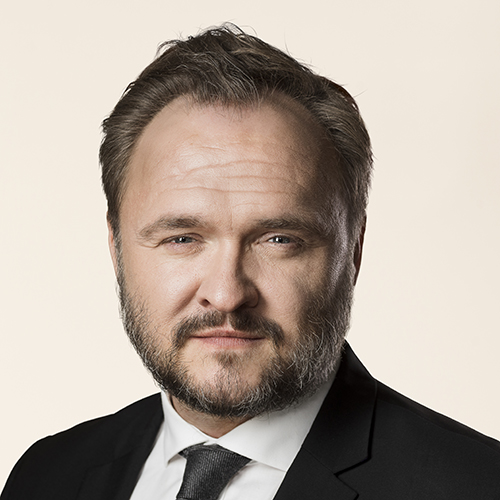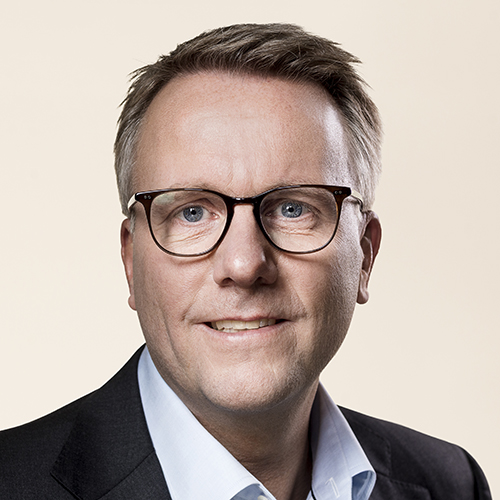Foreword by
Dan Jørgensen, Minister for Development Cooperation and Global Climate Policy of Denmark
News
Green financing



Dan Jørgensen, Minister for Development Cooperation and Global Climate Policy of Denmark

Morten Bødskov, Minister for Industry, Business and Financial Affairs of Denmark.
Financing the green transition is one of the biggest challenges of our time. Limiting global warming to the 1.5 °C pathway of the Paris Agreement requires substantial investments at a global level. According to the International Energy Agency’s (IEA) Net Zero Roadmap from 2023, global investments in clean energy will have to reach USD 4.5 trillion per year by 2030 to reach that goal. Clean energy is on the rise with global growth rates surpassing new fossil fuel investments. However, as global clean energy investments are expected by the IEA to reach USD 1.8 trillion in 2023, the world is still far below the needed level.
Bridging the investment gap is crucial. With temperature records, heat waves, floods, droughts and wildfires, recent years’ extreme weather events only cement that we are running out of our most important currency – time. Mobilising extensive finance for a globally just and green transition in developing countries is a challenge of its own. Developed nations must intensify their climate finance efforts to support climate action and private finance mobilisation towards these countries. We, politicians and governments, have to do our part. We have to set an ambitious course and pave the way for transforming our ambitions into implementation. However, we cannot do the job alone. It will take an all-hands-on-deck approach across sectors to meet the challenges. Only by sharing the responsibility and joining public and private forces will we be able to mobilise the investment and financing levels needed to achieve our climate and environmental goals.
The race we are in is not only about unlocking finance and investment in the green transition. It is also about securing job creation and growth. This is increasingly critical due to the growing global competition to provide companies with the best possible conditions for producing green technologies. The American Inflation Reduction Act and the European Green Deal Industrial Plan are setting a new stage for green manufacturing companies. We must ensure stable and competitive framework conditions, as they are key in creating attractive hubs for green technology innovation and production, and mobilising finance.
Denmark has extensive experience with financing the green transition, both nationally and internationally. Since the late 1970s, Danish entrepreneurs and innovators as well as changing Danish governments have looked towards developing and promoting green technologies such as renewable energy as well as water and energy efficiency and a move away from fossil energy sources. Alongside stable framework conditions and carbon pricing through the European Emissions Trading Scheme and an additional national CO2 e tax, this has allowed public and private actors across the value chain of various green solutions to gain unparalleled knowledge about not only the technologies, but also the political, market and financial building blocks.
This is why, in 2022, 60 percent of Denmark’s electricity consumption was covered by wind and solar energy. And by 2030, the electricity production from renewables is estimated to cover more than 100 percent of the Danish electricity consumption. This is why we share decades of experience through government-to-government collaboration with a vast number of countries. In this publication, you will find a number of best practice examples from both Denmark and all over the world on how to make the transition happen. We hereby aim to inspire global action at faster pace and scale in the race against the clock towards 2030. We hope you enjoy reading it.

This is a part of the white paper “Financing the Green Transition”. Discover Denmark’s plans to mobilise investments to accelerate the transition to a carbon-neutral and climate-resilient economy.
Explore the white paper